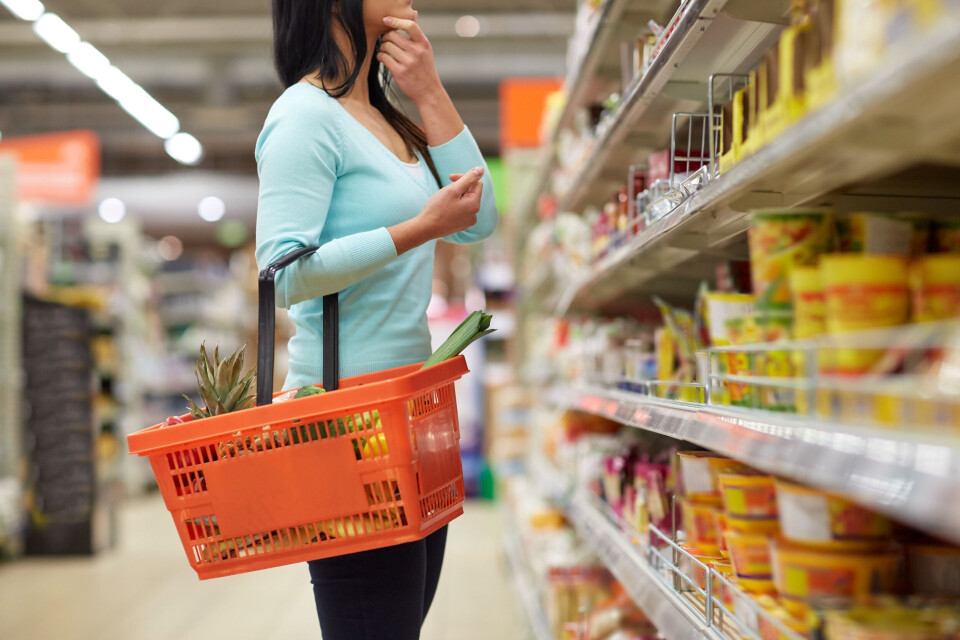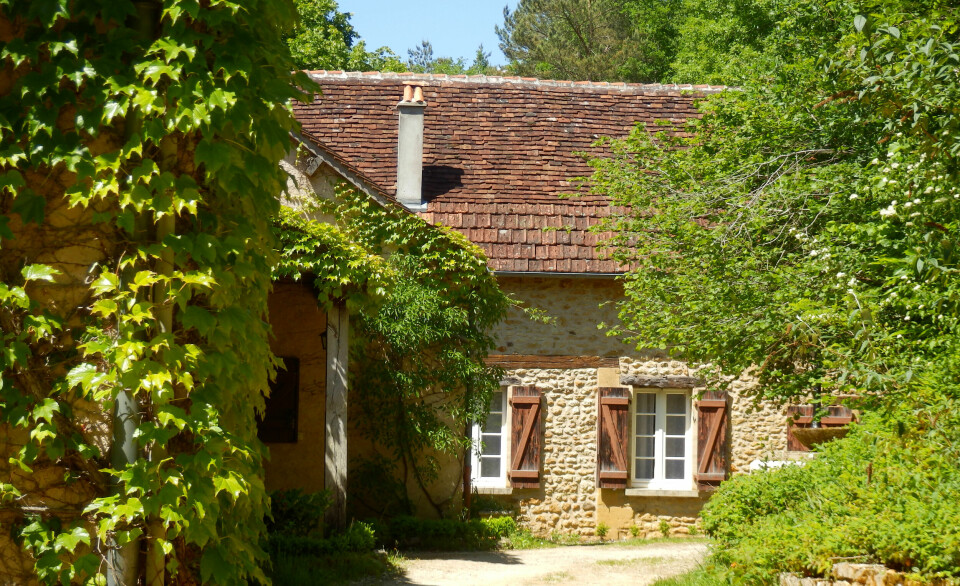-
Should France reduce the size of its baguettes to stop waste?
Would you welcome a smaller loaf?
-
Fatal HGV crashes: Goodyear in court in France over tyre defect claims
Investigators allege the firm knew about the problem but did not issue a recall
-
Why 10 million tiger mosquitoes are being deliberately released in Nouvelle-Aquitaine
The potentially dangerous insects are now in every region of the country
Food prices in France up 12% in a year: will they continue to rise?
We look at predictions for 2023 - and which products have risen the most

Food prices in France rose by 12.2% over the year to November, new figures show. This is twice the rate that they were rising in June and 24 times the rate of this time last year.
And this upward trend is not expected to be reversed in 2023.
“Between now and the end of the year [...] inflation [should] continue its progression with regards to food,” national statistics institute Insee stated in October, estimating that such costs would constitute the principal contributing factor to the general inflation rate.
“The rise in the price of food goods and manufactured products will only normalise progressively and will remain high in 2023,” the Banque de France has said.
Which foods have risen the most?
There are variations between different food groups but this chart is made using official Insee figures released in September 2022 showing the year on year rise up to that point.
Other supermarket items affected as well
Inflation is also affecting other everyday items – toilet paper for example has risen by about 25% in a year.
“Before, a pack of 32 rolls was €8 or €9,” one supermarket shopper told Franceinfo. “Now it has risen to €14. And there are fewer rolls inside. But we will keep buying it because we need it!”
The price rise is largely down to the increased cost of the huge blocks of recycled paper which are used to make each roll, which have become more scarce since the Covid lockdowns.
At this time, offices were shut, meaning that less paper was being used and therefore less was being recycled.
Toilet roll production costs have also risen as a result of energy price increases as several machines are needed to manufacture the rolls.
The average price of a standard pack of toilet rolls from producer Papeco is now at around €10.50, the public service media Franceinfo reports.
Why is this happening?
Inflation in food prices is partly down to a sharp rise in the price of raw materials in industry and agriculture, the French Senate has said.
This happened as a result of the beginning of the post-Covid economic recovery in 2021, which saw demand pick up all of a sudden, while supply had been disrupted by pandemic-related restrictions.
Agriculture has also been affected by climatic events such as droughts and late frosts, which have compromised harvests.
Finally, the war in Ukraine has reduced the amount of raw materials available on a global scale, as between them Ukraine and Russia account for a third of world wheat exports.
“The price of raw materials is very volatile, as customers only change their consumption slightly depending on the amount available,” economist Christophe Gouel, director of research at the Institut national de recherche pour l’agriculture, l’alimentation et l’environnement (Inrae) told Franceinfo.
In this way, even when supply drops significantly, demand does not change, and so prices soar.
Read also: French food banks appeal for generosity during annual collection
Not just raw materials
However, these are not the only factors controlling food prices, especially as the price of some raw materials, such as cereals and vegetable oils, has fallen since Russia agreed to allow Ukraine to export grain earlier this year.
For “one dollar of food items sold, only 16 cents are linked to the cost of the agricultural ingredients which make them,” Mr Gouel said.
“When there are sharp rises in the cost of food products, it is therefore unlikely that it is only due to an increase in the cost of the ingredients.”
Animal health crises such as bird flu and economic factors such as a workforce shortage within the farming industry, are to blame as well.
Rising cost of energy is one factor and takes time to fully cut in
Food prices are also impacted by the rising cost of energy, as each step in the production process needs it in order to continue. For example, when milk needs to be pasteurised, it must be heated to a high temperature.
Both fertiliser and packaging costs have also gone up in recent months, partly because of Covid-related disruption to supply and partly because of the war in Ukraine.
These price rises also take a while to manifest in food prices. For example, while the increase in energy costs is slowing slightly – at 18.5% over a year in November compares to 33% in June, according to Insee – the original surge is still being felt.
“The rise in prices takes time to move through the whole chain of production, especially in the case of complex products” which take many steps to produce,” Mr Gouel said.
Why food prices are likely to rise in January
Between December and February, distributors renegotiate the prices at which they sell their products to supermarkets, so prices are likely to go up as a result of this at the beginning of the year.
“On January 1, our new [energy] contract shows a leap of…280%. Faced with such crazy prices, we need to increase our rates from January, especially because there will also be a rise in sugar prices,” Didier Boudy of industrial bakery Mademoiselle Desserts told Le Parisien.
“Requests from industrial bodies often involve a 10-25% rise,” Jacque Creyssel, delegate-general of the Fédération du commerce et de la distribution, told AFP.
Prices will not necessarily go up as sharply for the consumer, because France’s Loi Egalim 2 obliges supermarkets to take raw material prices into account, but not production costs, including energy.
Supermarkets are also likely to refuse significant rises, knowing that they would make their brand less competitive to a consumer increasingly concerned by product prices.
And what about general inflation in 2023?
Predictions suggest that the general inflation rate will continue at 4% in France in 2023, and at 2% in 2024, because raw material and energy costs will remain high.
Read also: Inflation in France: Could it reach double figures next year?
As long as the war in Ukraine continues, the global issues associated with it will persist, even as the post-Covid imbalance between supply and demand gradually rights itself.
Related articles
French supermarkets’ anti-inflation deals and new discount stores open
France’s favourite brands: Decathlon, Peugeot and E. Leclerc top poll
























